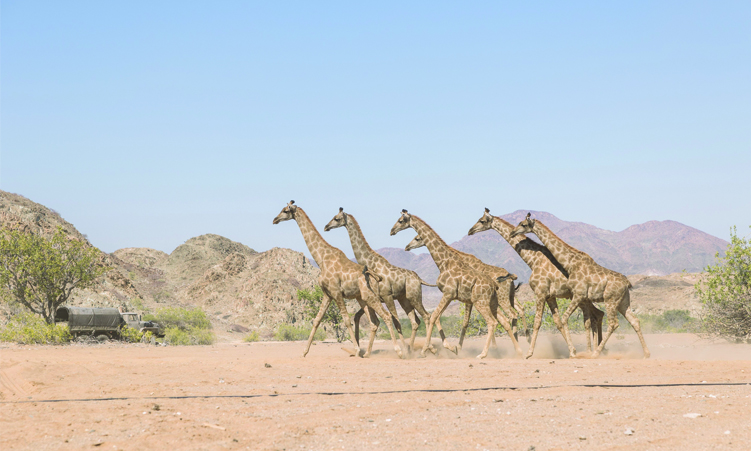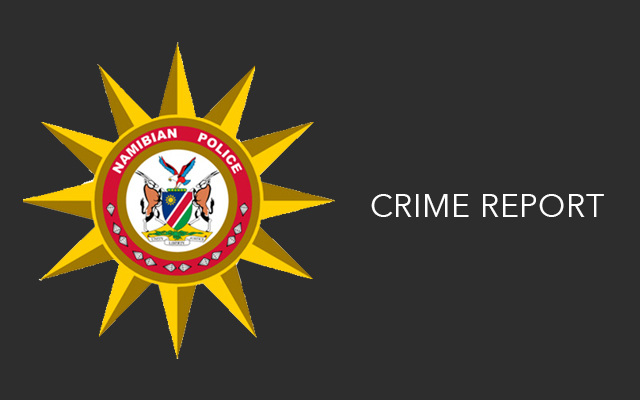A group of 14 Namibian giraffe was successfully relocated to Iona National Park in south-western Angola last week, as part of an effort to re-establish the species in a part of its historical range from which it has long been absent.
The 14 animals were released in Iona National Park on Wednesday last week, following a journey of more than 36 hours over 1 300 kilometres by road from a private game farm in the Otjiwarongo area, where the animals had been captured, the Giraffe Conservation Foundation (GCF) said in a media statement on Friday.
The animals belong to the Angolan subspecies (Giraffa giraffa angolensis) of giraffe, which is found mainly in Namibia and central Botswana currently.
“The reintroduction of Angolan giraffe to Iona National Park plays an important role in restoring the park’s ecosystem, as well as re-establishing the region’s ecological processes,” the foundation commented.
“Giraffe assist in shaping the vegetation through browsing and dispersal of seed due to their selective feeding habits,” it added.
The translocation was a joint operation of GCF, the conservation organisation African Parks and the Angolan government, and was sponsored by GCF and the Wyss Foundation.
GCF said a feasibility study was carried out before the operation to evaluate factors such as the source population, habitat suitability in Iona and risks during and after the operation.
African Parks also conducted a survey among communities in and around Iona National Park to evaluate the local communities’ perceptions of the proposed translocation, GCF stated.
“The assessment revealed that most Iona inhabitants are highly receptive to the presence of giraffe in the park and the tourism potential they may bring,” the organisation noted.
Iona National Park is Angola’s largest national park, covering an area of about 15 150 square kilometres (1,5 million hectares) and bordering on Namibia’s Skeleton Coast Park, with the Kunene River marking the boundary between the two parks. The park has been under the management of African Parks, in a partnership with the Angolan government, since 2019.
GCF executive director Stephanie Fennessy commented: “This collaborative effort of bringing giraffe back to Iona National Park is an extraordinary achievement for giraffe conservation in Angola. By reintroducing giraffe to their historical range, we […] ensure their long-term survival and contribute to restoring the ecological balance in the region.”
The secretary of state of Angola’s environment ministry, Abias Huongo, described the reintroduction of giraffe to Iona as “a remarkable milestone in Angola’s conservation journey”.
Said Huongo: “Together, we are building a future where both people and wildlife thrive harmoniously.”
Iona National Park manager Pedro Monterroso remarked: “These graceful animals will contribute to the restoration of the park’s biodiversity and serve as a symbol of Angola’s commitment to conservation.”
According to GCF, Angolan giraffe – a subspecies of the southern giraffe (Giraffa giraffa), which in turn is one of the four species of the long-necked African mammals – number about 20 200 animals. Southern giraffe number close to 50 000 animals.
Namibia’s population of Angolan giraffe is estimated at about 16 000 animals, of which around 10 000 live on privately owned land.
Africa’s giraffe population has declined by about 25% over the past 40 years, from an estimated 155 000 animals in the 1980s to about 117 000 animals currently, GCF has reported.
Stay informed with The Namibian – your source for credible journalism. Get in-depth reporting and opinions for
only N$85 a month. Invest in journalism, invest in democracy –
Subscribe Now!






